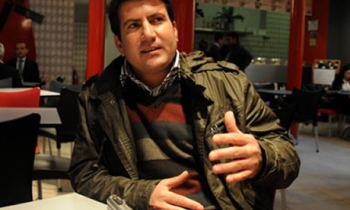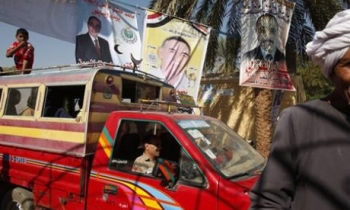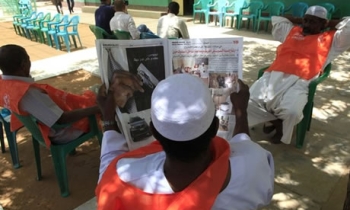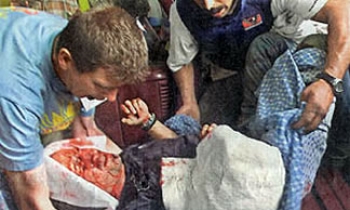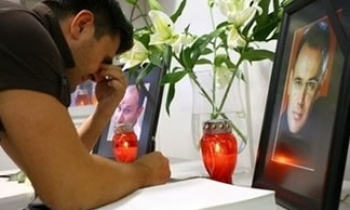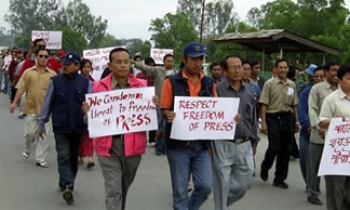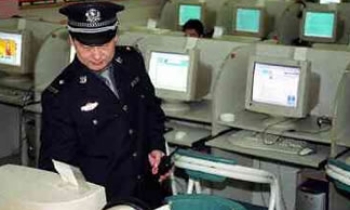Yes, we are facing a challenge – Media and volunteerism have become antithetical words. It has happened so fast, in just a decade or so. But then, is this true? Are the two words now two divergent worlds? And has it all happened now, over the past 15 years or so? The answer to this is a parodoxical yes-and-no.
If we take media in its broadest sense, then this sense of frustration – this cynical attitude – is essentially against the tools of communication and the managers of these tools.
Communication does not mean just the craft of information percolation, but also the art of audio-visual impact on our aesthetic and moral senses.
So, what is the challenge to communication?
Basically, the challenge is two-fold. One, that over the past decade and a half (post-WTO) there is an insidious dumbing down’ process in the media – rather, in every field of communication. "We must cater to the common denominator." What is this common denominator?
It’s market-economics jargon. Very useful, no doubt, for those in the profession of market economics. But how much useful for the rest? Who decides the parameters of the common denominator? Who are the people beyond the common denominator? What sort of communication medium do they want?
That’s where the second challenge comes in – volunteerism. Please don’t call it the voluntary sector. Then you are segregating the most basic survival instinct. Volunteerism is not something new. It’s been there since the beginning of civilisation. The most basic value has been of people helping people – and, in that process, helping themselves.
Volunteerism is a key means by which people articulate their engagement as citizens. By building trust and reciprocity, volunteering contributes to more cohesive, stable societies. Of course, there are variances in trust and reciprocity among people in different parts of the country, and also between countries. But no one can deny that Social Capital’ – a vital factor neglected for many decades in quantifying Gross Domestic Product (GDP) – is based on this very edifice of volunteerism.
Trust and reciprocity of trust – spontaneous and organised voluntary action – is the crucial factor to save, protect and rejuvenate the Earth. And that’s where the shoe pinches. Media, once the springboard of volunteerism, has been missing from the action.
That’s why people, today, are increasingly questioning the credibility of the media, which has been, perhaps, the most powerful tool in stimulating volunteer activities in any of its varied forms -- from traditional mass media to alternative and new media.
Worldwide, market managers have come to understand that innovative and judicious use of media has enhanced the image and the spirit of volunteering. Then why are we in India lagging behind?
Media plays an important role in recognition, facilitation, and networking of volunteer efforts. But the theatre of the absurd’ has snapped this tie. To rebuild this tie, I have some suggestions:
- Be professional. Mission Motive’ does not work any more. That’s the only way to retain your donor and honour.
- If you need to build up your PR, then go for a professional PR person or agency. Don’t build up the dumbing down’ process by hiring a journo’ for this purpose. Organisations within and outside the public sector, including charities and non-profits, have begun to professionalise their communication activities (media relations, strategic partnerships, coalition building etc.) in order to better articulate their interests and influence policy.
- Be an effective representative and also advocate. An organisation must possess good communication networking skills.
- Work in groups or clusters - with an umbrella organisation that takes care of your profile building. Individual effort does count, but media understands clout much more effectively.
- For media, variety is the spice of life. Let’s not reinvent the wheel.
- No quickie’ trips to the field, or holding asinine press conferences about your activities. Why promote the dumbing down’ process?
- Seek out mediapersons who are ready to devote time in getting to know your activities. This helps mediapersons develop in-depth knowledge on these issues, leading to better reportage.
- Find a story-teller, there are enough creative lost souls’ within the media. Don’t club this vital aspect with documenting, the lifeline of a donor-dependant voluntary body.
- Give this storyteller space (and some money too) to go about getting first hand information about your activities - for print or audio-visual.
Media, by its very nature, is a secular endeavour -- and this helps a journalist put the Big Picture first, so that s/he can help activists and voluntary organisations come out of the shell. (Yes, yes, we know you are extremely busy in your action-fields, but we do have deadlines to meet - and your story to tell, in a limited number of words)
Media and volunteerism are symbiotic siblings. Each needs the other to sustain and survive. A mediaperson (by the very nature of his/her journalistic training) recognises story ideas which, ideally, comprise bits and pieces of information on any major issue, or a tip-off on a particular topic.
Developing it into a story, which takes into account the big picture’, needs some sort of volunteerism. It can be done’ sitting in the cozy confines of the newspaper office; or by going into the field and digging it out.
So, volunteerism – for a journalist – means:
- Educating the activists to always keep the Big Picture in mind.
- Share information freely, even the negative ones.
This not only sensitises us to the issue, but also help us write in a better way.
Volunteerism is intrinsic to the journalistic profession. A powerful tool in the hands of a sensitive and concerned journalist - something that s/he can never misuse. It takes a sensitive and mediaperson concerned down several alleys, where s/he tries to associate with civil society groups and concerned citizens who are trying to address various issues through creative solutions.
Local responses to a development dilemma become important only when they can be highlighted as success stories. Obviously, association with various volunteer groups and individuals enriches the media person in terms of broadening his/her perspective, in terms of a sharper understanding of the issues and in terms of understanding the various shades of development.
But it is also important to realise that while a journalist can be a good activist, an activist may fare better – provided s/he is journalistically trained to look at the Big Picture.
Sometimes, reporters wanting to do good stories on the development sector find that voluntary organisations are not willing to share information about others working in the field. They want to manipulate the reporter in terms of getting their intervention a bigger piece of the cake – sometimes more than what it deserves.
Media is a potent tool for facilitating networking of volunteering efforts. It is an effective channel for cross-sharing of the best volunteer practices. Devising ways for journalists to take up volunteering programmes would give recognition to the pioneers from the media. More awards should be initiated for journalists for their investigative reportage of volunteer issues.
Through its reach, media can catalyse volunteer efforts. For instance, by taking up issues such as environmental degradation or the state of public utilities, the media can propel citizens’ campaigns to change government policy and improve services.
Similarly, the various tools of mass communications are important channels to promote volunteering. Media coverage of a disaster can mobilise many volunteers and help in rehabilitation process.
The Gujarat earthquake in India was one such case where volunteers from far a field thronged to affected areas, after TV channels showed the extent of the disaster. Likewise, focused stories on literacy campaigns or disability issues build essential awareness in society and stimulate response.
Bottomline: My son’s T-shirt carries a message: Let’s put life back into wildlife. It’s high time the media puts life back into its wildlife. And that life is not the 15 seconds of fame that the media circus builds and demolishes. That putting back means going back to the basics of information supply – not creating a hydra-headed demon of drivolous demand.
Abhijit Sinha is Joint Editor, Sahara Times.
This article is brought to you in association with the Voluntary Action Network, India (VANI)


